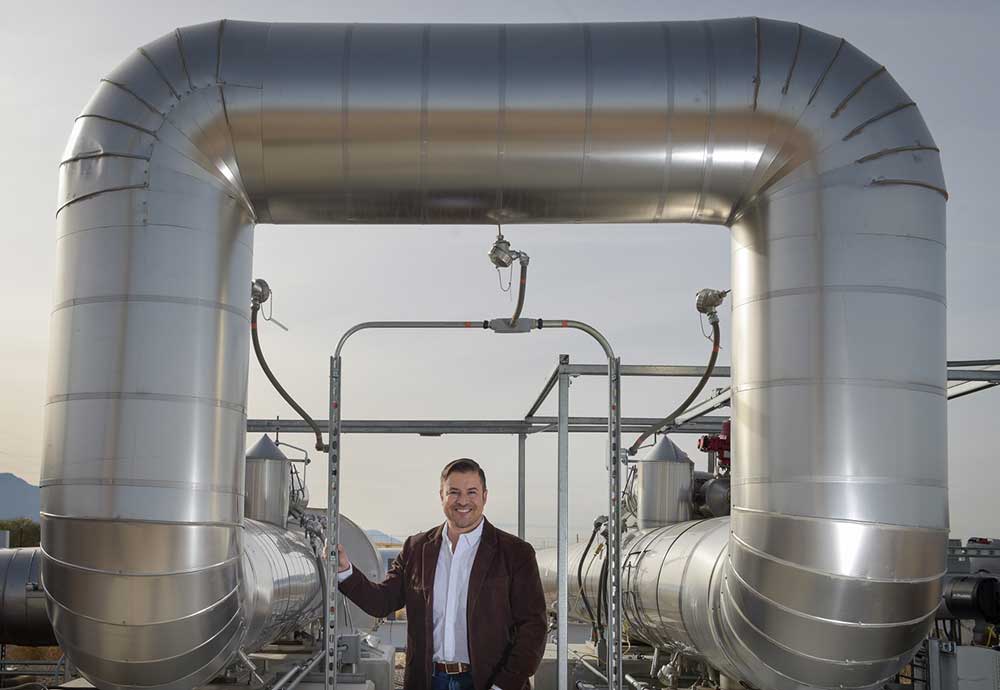
Molten-salt system could lower costs, raise power-plant efficiency
At its National Solar Thermal Test Facility, Sandia developed an advanced molten-salt system — operating at a record-setting temperature of 980 C (1,796 F) — to test and characterize alloys, coatings, ceramics and subcomponents for certain thermal energy storage systems. The milestone advances DOE goals to lower power-generating costs while increasing production for carbon-free concentrating solar power plants and small modular reactors. This required detailed evaluations of more than 100 materials, including refractory high-entropy alloys, for up to 1,300 hours. • 8000
Arctic climate measurements improved
The Sandia-managed Atmospheric Radiation Measurement research facility on the North Slope of Alaska received several improvements that will expand DOE climate measurement capabilities. The upgrades include an extended field site located about 3.5 miles inland that measures coastal gradients of atmospheric variables, the commissioning of an improved hydrogen autosonde launcher for unmanned balloons that measure atmospheric vertical profiles, and the installation of a shelter for the deployment of a new aerosol and cloud lidar system. • 8000